[Note: Capitalization and other style choices are intentional by the author.]
“The physical boundaries of colonialism are not nearly as important as the outposts they left in the mind”…
…are words etched into my Being from my uncle, Narcisse Blood. I was lucky to have been raised by this man as one of my parents.
Every year, we have our Sundance Ceremonies, Akokaatsin, when we camp in a circle. We’ve continued almost all of our Ceremonies from time immemorial. We were lucky. The canadian government had made our Ceremony illegal for quite some time. Only in the 1950’s were People able to practice them without fear of being interrupted and arrested by the royal canadian mounted police (rcmp). In almost every way they could, the canadian government tried to stop us. We’ve survived disease intentionally spread by infected items. We’ve survived starvation, and prohibition of leaving our reserves. There’s a lot we’ve survived. I find that fascinating for how they speak of us, as if we were “conquered” or lost some war. There was no war that was lost, and no conquering happened. What happened was something far more boring, and time consuming.
When People bring up what was brought to these lands, allegedly to improve things, my Father adds in “They also brought the devil.”
I do not intend to go into the myriad of historical violent happenings that have occurred, such as being forced onto reserves, the ‘rationing system’ to prevent us from hunting and making us dependent upon the federal government, the prevention of leaving the reserve with the ‘pass system’, and so on and so on. Those are all intricate parts of colonization in this part of the world that have caused such trauma I will only describe as “The Big Hurt.” Something that hits you so hard it’s felt in generations to come. Something we don’t know how to process to this day.
What I’d rather focus on is the importance of Gardening.
We’re not known as Gardeners, by any means. Toxic masculinity paints us as skilled warriors who hunted Buffalo with our bare hands, gnashing meat off the bone, and made ridiculous powerful love every night. There’s no time for Gardening when you’re doing all those manly things, now is there?
There’s famous ideas in books that say “there was no agriculture among the plains indians (or any for that matter),” as agriculture is, for bigots, one of the white man’s defining characteristics and markers of his civility.
I could just tell you that we are natural born Gardeners as Blackfoot People, and leave it at that, but I’d rather show you. I want you to see the landscape as it was 500 years before colonization. The grasses of the interior plains, here anyway, at the time were quite tall. Somewhere around 8 feet tall in some places. The trees from the mountains extended into the plains a good 100 kilometers away from the mountains. The plains were loud, like a jungle. Kodiaks, Grizzly Bears, Buffalo, Beavers, Mountain Lions, Wolverines, Animals of all sorts populated the plains. It really was a jungle. Food was everywhere.
See, we didn’t just Hunt and Gather, as if it were stratified positions occupied by gender. The masculine hunting, and the feminine gathering. Not at all. When we hunted, the whole Tribe hunted, when we gathered everyone gathered. It was a gathering of gathering if you will. Everyone took part in the collection (and eating) of food.
One of our most important foods is Miini, or what are known as in English, Saskatoon Berries. They’re a lot like Blueberries, except they’re purple, have very distinct woody sort of flavour, a mellow sweetness, and a crunch of hearty seeds inside. They’re quite delicious. An integral part of many Ceremonies is when we serve Berry Soup. Before we eat it however; the one running the Ceremony calls for everyone to take a Berry from their soup in their right hand. As they do this, we are all encouraged to pray in our own way. In Blackfoot, we Pray to the Sun, Moon, Morning Star, and Earth, and iihstipaitopiyopah, which loosely translates to “The means by which all Life exists.” Some simply say “source of all life” or “creation.” Some may consider that to be all of these entities working in tandem together, or the reason behind why those entities are there themselves. Whichever way you want to take it, we pray our prayers into the Berry, and dig a small hole with our finger when done, putting the Berry into the ground, rub our hands together and from the crown of our heads let our hands run down each side of our body to touch the Earth, and then place them over our hearts. The final word spoken is Kaamotaani, which means “survival.” It’s the “amen” or “over and out” to our prayer. We leave the Berry as an offering to ensure that we always have food, and this offering ensures a new growth of food wherever we go.
Planting seeds
Speaking of wherever we go, there is camping and the moving of camp. One of the most important jobs to have in camp was being the Fire Runner. Their sole duty was to collect coals from the fire, and run to the next place where we camp. This person would run ahead, with a Buffalo horn full of coals, and start a fire. By the time the rest of the camp got to the new camping spot, they’d all collect fire from his fire. So, in theory, we had the same fire burning for generations.
How this fire runner was chosen was simple, as they would line up youths in a row, and the first to run down a Deer and stab it in the neck would be the Fire Runner, or the Messenger Runner. The Messenger Runner would be the designate to send messages to the other Blackfoot Tribes, wherever they may be. He would run all night with the message, deliver it, sleep all day, and run back to the original camp at night to deliver the response. I imagine, quite exhaustedly.
When we’d camp in the new site, what we’d do is go collect fire wood. Generally, we’d camp in the low valleys that are hidden from view. The People would camp at the river bottom, and first, collect all the dead branches that have fallen off the trees. Next, using their tools they would pull the dead branches off of the trees that haven’t fallen. Once all the dead fall was collected, and the dead branches were too, as well as 2/3 of the berries and food of the area was collected, the camp would move on to somewhere else in the Territory.
See, what they were doing was pruning the trees. This ensured good growth of the trees, and an endless supply of firewood if done correctly. The landscape of the plains was tightly managed and manicured by our presence. The berries over millennia grew with our hands picking them, and grooming the plants. The trees grew with our hands pruning them, and caring for them. No, the land wasn’t wild and untamed at all, but well groomed, and well suited for us, as we were suited for the Land. We are inextricable from it. As epigenetics shows, the environment informs what genetic expression happens in a person, for seven generations, while in turn our presence informs the environment.
For example, when the Buffalo were sick, there would be moratoriums placed on hunting. The People had knowledge of cross species disease, and so if the Buffalo were sick and we were to eat them, we may get that sickness. In turn, it threatens the population of the Buffalo who are already weak. If the entire population is threatened, then we have no food. In turn, the other Plains Tribes most certainly had similar social mores and norms that translated to their survival. Rather than looking at the relationship between Blackfoot People and Buffalo as an exploiter and exploited relationship, one ought to view it as symbiotic. It is in the interest of the Tribe that the Buffalo are healthy, and well kept. This is in part where our name comes from, “Blackfoot.”
It’s not us who chose the name, but, our enemies. We would at times burn the plains. Burn the dead grasses to the ground in our Territory before the first snow. As we walked through the soot, our foot wear would become black. This was done for several reasons, the main reason being to attract the Buffalo to come back in the spring, when grasses were lush and plentiful with room to grow and fertilization from the fire. This was not only land management, but, Animal husbandry on a large scale. Not only with us, but with other Tribes and their efforts, it wasn’t a single rancher managing a few cows on an acre of land, but millions of People working together to help manage millions of Buffalo. Our stories of the relationship between us and Buffalo is much more involved than that, but, is for a different paper, and really none of your business.
My Grandfather was Cree, Mosom. He fought in World War Two, and I think any veteran that has seen war would tell you there ought to never be war to begin with. I’ve never known more powerful anti-war messages than from combat weary veterans. He killed many nazis and fascists, and saved many, many more lives. When they were in europe, they would either volunteer to sign up on a patrol of the land, or, be voluntold. When they flew over in the plane, Mosom had purposely got the lay of the land, looked about, and understood where he was going. He was raised as a hunter, and provider, and knew how to travel in forests without getting lost. Every time it was his turn to lead a patrol, the men of his group would run to sign up to go along with him. They’d only ever volunteer with his group, and they’d have to be voluntold to go with others. The reason was that his group would always come back unharmed. All of his skills growing up served him well in that war. Other patrol leaders would wander into an enemy camp, others would get lost, and many died out there. He always brought his group back though. His commander would freeze in battle. Unable to do anything. So, Mosom would take over. One time he devised a plan to distract the enemy with gunfire, while he smuggled his group into a separate building one by one. When Mosom came home, he was denied membership to the Royal Canadian Legion. They didn’t allow indians at the time. Funny enough, that he fought so hard against nazis and fascism to come home to live under the same laws that inspired Hitler in the first place. Apparently, Hitler had taken the concept of concentration camps directly from Britain, which is what Reserves and Reservations are. The infrastructure of the Reserve system is the same as the concentration camps of the era. Talk about cultural appropriation.
Mosom had said he deserved more medals than he received. His commander had taken credit for a lot of Mosom’s deeds. Even though Mosom was awarded the Purple Heart for bravery, he left europe with a broken heart he never got over. What broke his heart the most was the Children. Hungry Children all over the place. canadian and american soldiers would throw food at them and laugh as they fought over the scraps. Mosom hated those soldiers for it.
Yet they came home, calling themselves brave.
What is erasure and why is it important?
When I was a boy, we had to haul water into a cistern, as we had no pipes bringing water to our home in the middle of nowhere. So, Dad and I would drive for a whole day, filling up the water tank to haul water in. Usually, twice a month we’d go and spend the day hauling water. These trips are some of the best times of my life. Just me and Dad traveling together. I’d ask him a question in the morning, and he’d think for a while, then, he’d talk about something way off topic. Start with a story that has nothing to do with the question, or so I thought.
Like a backwards Fibonacci sequence, my Dad’s stories would come closer and closer to the point without saying it. Without him having to say the answer, I would already know the answer by the logical steps he provided in his stories.
In case I haven’t been clear with you, I was asked to write this article on the erasure of indigenous knowledge, and cultural appropriation of Indigenous knowledge. In the grand scheme, much knowledge of medicine is taken from Indigenous Peoples. The first white researcher to extract the active ingredient is given credit as “discoverer” of the medicine, when really it was well known to Indigenous Peoples. One example is willow as pain relief. Tea is made from willow bark and leaves. However; the first white man to extract acetylsalicylic acid is who is given credit for developing aspirin. Indigenous People the continent(s) over understand that the Earth is a living organism, sentient, and systemic in its needs for life, but no one listened until a white scientist said “I have what I call Gaia theory!” Inuit People for generations said “that boat sunk over there” and not until recently did white People “discover” where the Franklin expedition sunk. Indigenous People contemporarily are saying we have to protect the water, as water is life. White Canadian settlers seem to be saying “in this economy?”
See, I am very lucky to have had those trips with my Dad to haul water. He told me all he could about Blackfoot People on those trips. He told me about his Family, my Family. He told me about himself, told me about science, philosophy, history. I had years of trips with my Dad. I was privy to knowledge no one else will ever know, because I’ll take it with me when I go. He’s never lied to me, and I know he never will.
He was the most honest with me on those trips than he ever was with anyone because of what he chose to tell me. I learned all about the Residential Schools, and the literal fetus skeletons found in the walls and buried in the grounds of those places. I learned what “The Big Hurt’ was.
I was lucky to have never attended a Residential School myself. They closed St. Mary’s in 1988, when I was 3. The intention of those schools, as Duncan Campbell Scott said, was to be rid of indigenous Peoples in (what is for now known as) canada. Scott says:
“I want to get rid of the Indian problem. […] Our objective is to continue until there is not a single Indian in Canada that has not been absorbed into the body politic and there is no Indian Question and no Indian Department.”1
See, if the people have no knowledge of who they are, then any jackass can come along in a position of authority and tell them who they are. This jackass can claim he has the rights to this land, by some god that he made up, by some rules that he himself wrote, and lie his way into eating your soul. That’s why it’s important to know who YOU are as an Indigenous person. That’s why it’s important to know your language, know your Ceremony, know your way of Being. As much as I know about Blackfoot People is because I asked questions to knowledgeable People. I learned what made sense. I sought it out, and I had People who I loved to ask. If you don’t know who you are and where you come from then that jackass can point to some book written by some German who has never visited and say “see look! You’re a savage! I’ve come to civilize you.” Some jackass can say you knew nothing without them, and you are nothing without them, and they made life all the better for you by their sheer morally superior noble presence. This jackass brought god and the devil to you, and made sure you know who the devil is first. This jackass can control the narratives. He won’t let you know who you are, he’ll tell you that you’re primitive. What he wants is your Land and Resources. He’ll tell you that he saved you with his iphones and computers. He’ll tell you that you’re lazy and it’s all your fault, you should be accountable. He’ll tell you how your Chiefs lie and steal while he steals your whole country from you. While he steals your lives. Your water. Most importantly YOUR PAST.
This jackass controls the narratives, and the only tool you have is to know who you are, know where you come from, know that he is a jackass, and that you are the land and the land is you. You are inextricable and you are part of this. Your DNA is in the Berries, in the soil. The soil is millennia of your ancestors, giving you life, and feeding your ecosystem. You are the embodiment of those People who survived every attempt by that jackass to exterminate you, but he never quite could no matter how hard he tried. You’re more valuable than gold. You’re more valuable than money. You’re more valuable than you will ever know.
Than you will ever know.
Look into all of it for yourself, if you like. I’m not here to tell you what to do or how to be, or how things really are. I’m here offering you a different perspective, which sometimes we need as People.
Erasure of Indigenous knowledge is the destruction of the Land and People in favour of death.
That’s really what the stakes are.
Now what are you going to do about it?
For some of us, there are no good warm memories. For some of us, there is only survival, and what we have to do to survive. When no one cares. Some of us are disconnected from our People, our Language, our Ceremony, at no fault of our own. On the outside, we’ll look as Indigenous as can be, yet on the inside, who knows who we are? Do I even know?
Some do their best to reconnect to who and what we’ve lost, and really, if that is at all feasible then best of luck to it. One woman I met one day came from the north. I asked her who her People were, as she was obviously a different Indigenous than I. She said she didn’t know, she was just born there.
As Indigenous People; we are forced to take on a lot of the world, have to defend entire Tribes, an entire “race” of People. Without even knowing where to start, we are expected to be experts on Indigenous issues, and anti-racism. We are expected to be drunks, addicts, traumatized, or activists. There are a lot of weird expectations born of history, disconnect, and racism, and really none of that is truly yours to bear, if you don’t want to. There’s so much that you can do with a sense of adventure and the right tools, and if you choose to reconnect to your People, your Language, your Heritage, then more power to you! I’m certain the community needs someone like you. I would be absolutely nothing without my Tribe. I need them. I’m one of the lucky ones. I want you to be lucky too.
Kinaihtoaapi
In Blackfoot, that means “All the luck to you.”
Whatever you decide to do.
I’m on your side.
References
Heavy Head, M. (2018, February 10). The Biggest Little Beings: A Paper on Climate Change. Martin Heavy Head Blog [Blog Post]. https://martinheavyheadblog.wordpress.com/2018/02/10/the-biggest-little-beings-a-paper-on-climate-change/.
Royal Commission on Aboriginal Peoples. (1991, August 26). Looking Forward, Looking Back: Report of the Royal Commission on Aboriginal Peoples. Ottawa, Ontario. Canada Communication Group Publishing. National Archives of Canada, Record Group 10, vol. 6810, file 470-2-3, vol. 7, 55 (L-3) and 63 (N-3). http://caid.ca/RRCAP1.13.pdf.
Notes
1 Duncan Campbell Scott, deputy superintendent general of Indian affairs, testimony before the Special Committee of the House of Commons examining the Indian Act amendments of 1920, National Archives of Canada, Record Group 10, volume 6810, file 470-2-3, volume 7, pp. 55 (L-3) and 63 (N-3). See John Leslie, The Historical Development of the Indian Act, second edition (Ottawa: Department of Indian Affairs and Northern Development, Treaties and Historical Research Branch, 1978), p. 114.
NonCommercial-ShareAlike 4.0 International License, except where otherwise noted.


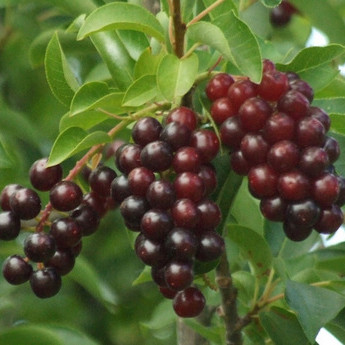
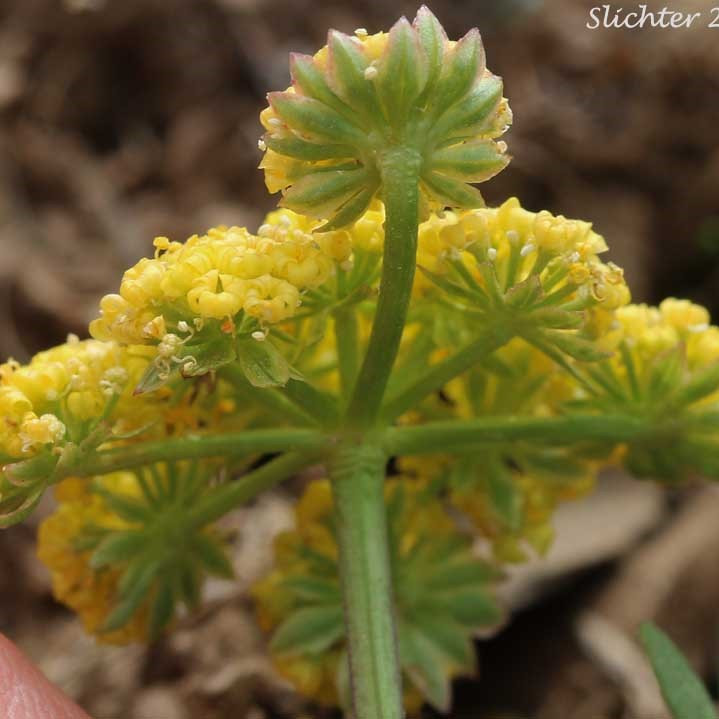
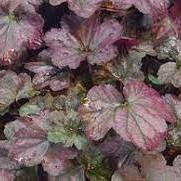
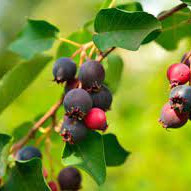
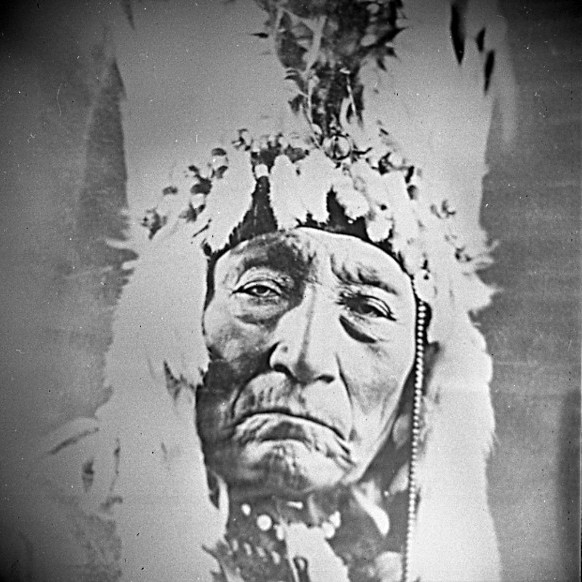
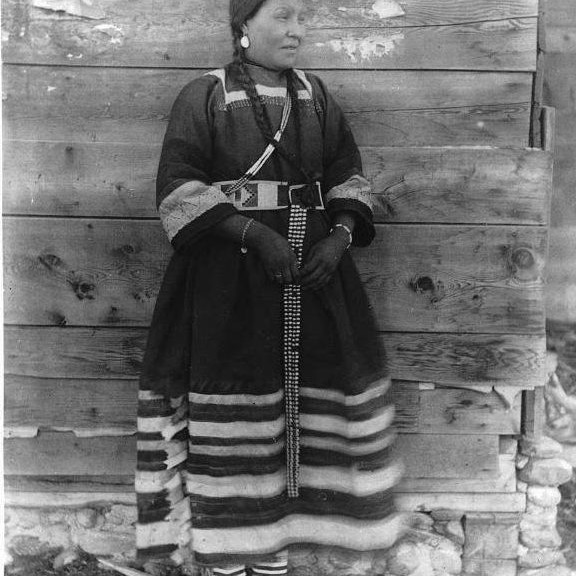
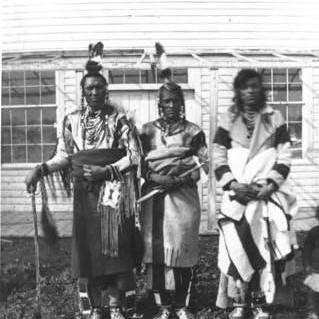
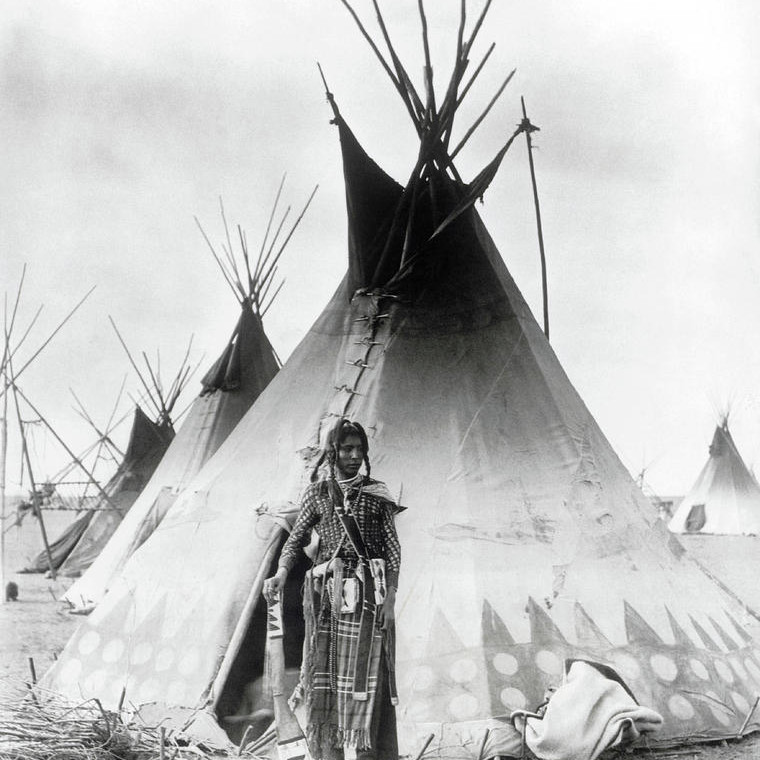
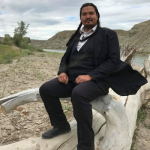
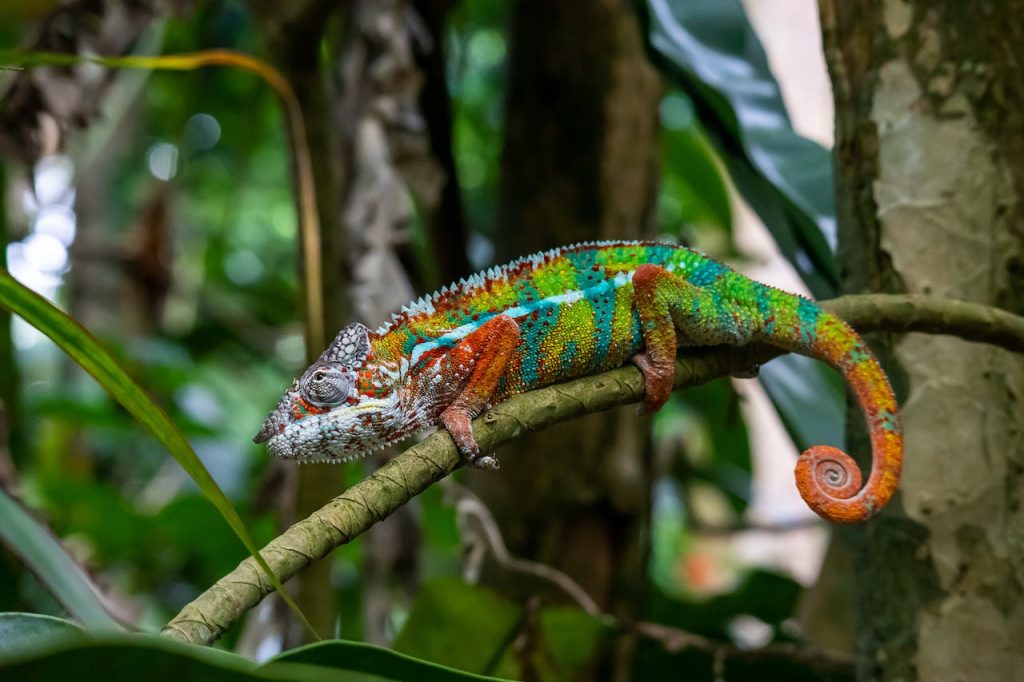
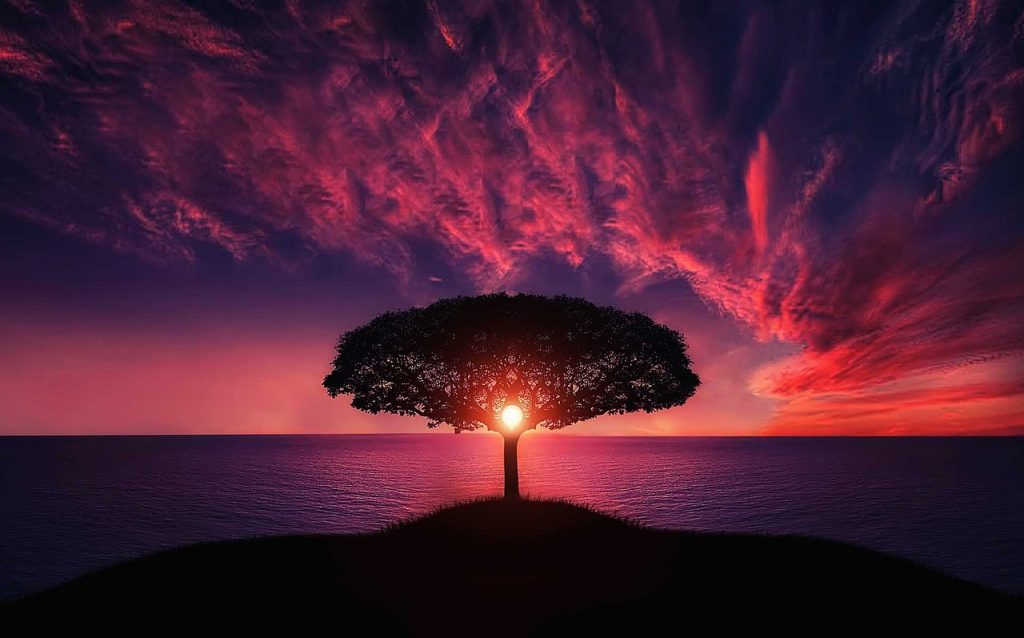
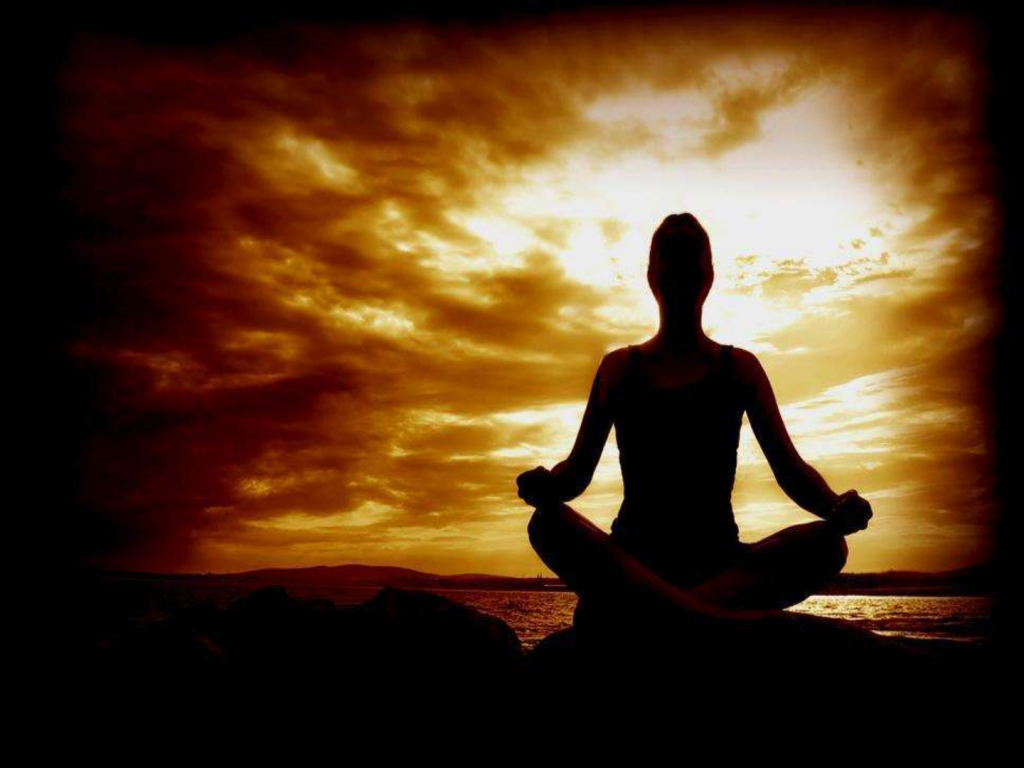
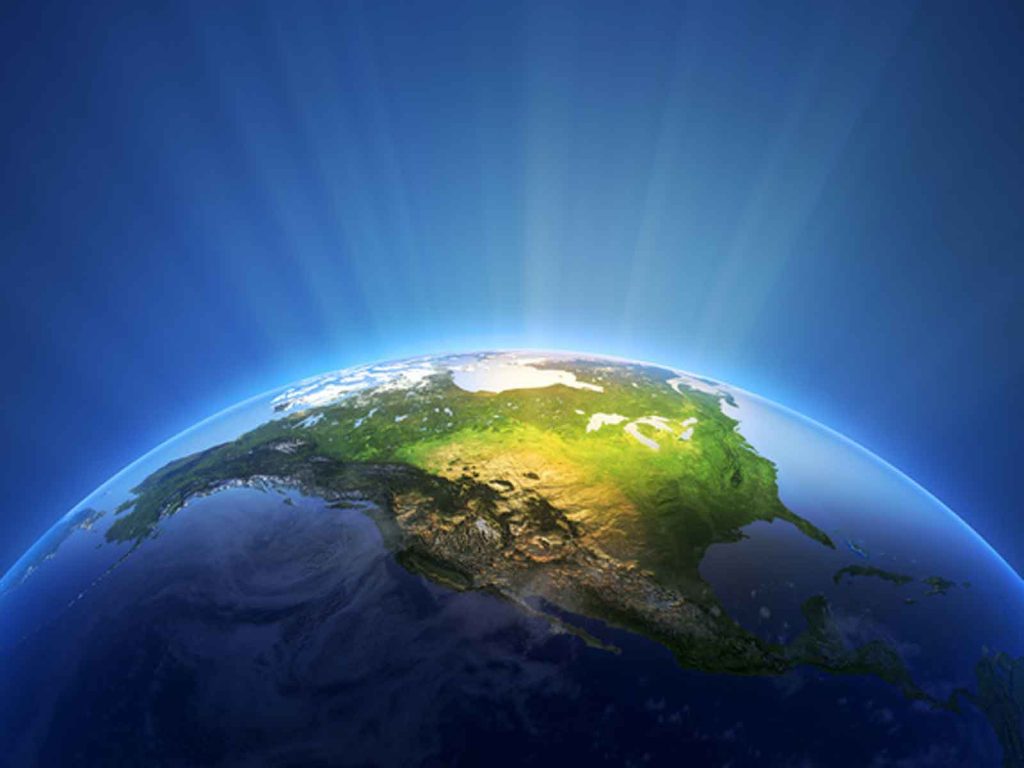
Very well written. Thank you for your input